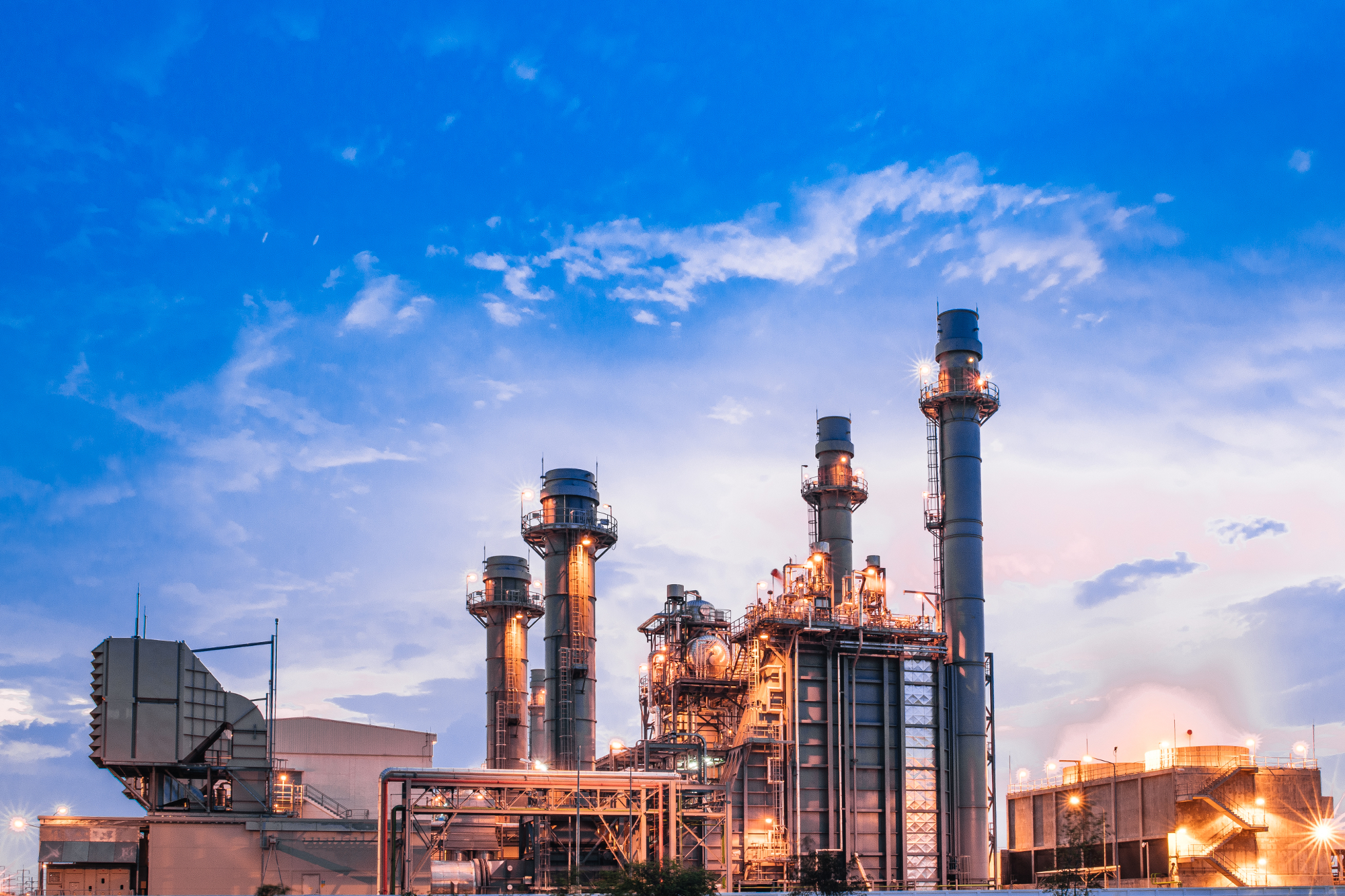Heterogeneous catalysis refers to a wide range of catalytic solids and industrial processes for producing chemicals, materials, and fuels. Because of its broad nature, academic and industrial research in heterogeneous catalysis can be based on anything from the atomic scale to large-scale industrial catalytic reactors. It also encompasses different timescales from the fast bond making and breaking processes as well as the slow catalyst deactivation mechanisms.

The basis of heterogeneous catalysis is the reaction of a gas or liquid phase reactant interacting at the surface of a solid catalyst. A lot of chemical reactions are catalyzed by solid surfaces, including the majority of large-scale chemical processes in industry as well as a lot of environmentally beneficial processes like reducing or/and removing toxic species from exhaust gases in automotive vehicles.
One of the optimal properties for heterogeneous catalysis is large surface areas per unit of catalyst because the surface is typically where the reaction occurs. The emergence of microfabrication has allowed the development of metallic catalysis with fine microstructural properties which leads to a higher number of reactive sites and enhanced efficiency.
Heterogeneous Catalysis in the Energy Sector
Heterogeneous catalysis is particularly important in the energy sector. Gasoline at fueling stations has typically undergone a number of catalytic reactions during the refining process. Future energy technologies which are based on hydrogen or different energy carriers will also be reliant on heterogeneous catalysis. A lot of the future issues around hydrogen production and fuel cells are linked to discovering new catalysts and catalysis processes.
Maleic Anhydride in Heterogeneous Catalysis
Maleic Anhydride is an important intermediate chemical that is commercially derived from the partial oxidation on n-butane using air above vanadium pyrophosphate catalyst.
This compound is highly valuable, forming the basis of a range of elastomers, thermoplastics, polyester resins, and more with an unlimited capacity of end-use manufacturing.
Heterogeneous Catalysis and Biomass Tar
The measure of carbon neutrality aims to offset the challenging greenhouse gas emissions from large-scale industries. However, to tackle manmade climate change there must be a push to find a cleaner substitute for fossil fuels.
Very few solutions are as energy-efficient as standard combustion, however, steam reformation of biomass tar could offer a solution to this problem, and current research into this area is centered around the resolution of the deactivation of catalysts because of carbon formation at available active sites.
Syngas and Heterogeneous Catalysis
Syngas is relied upon heavily for one of the most diverse techniques of heterogeneous catalysis, combining carbon monoxide and hydrogen. The combination is usually formed by oxidizing coal with steam or by partial oxidation of methane. The gas species that are formed can be used to produce fuels, fertilizers, solvents, and additional synthetic materials.
Heterogeneous Catalysis from Hiden Analytical
At Hiden, we have an extensive variety of gas analysis products that are able to characterize a range of heterogeneous catalytic processes, to be used in a range of industrial settings. If you would like to find out more, visit our page on heterogeneous catalysis today.

